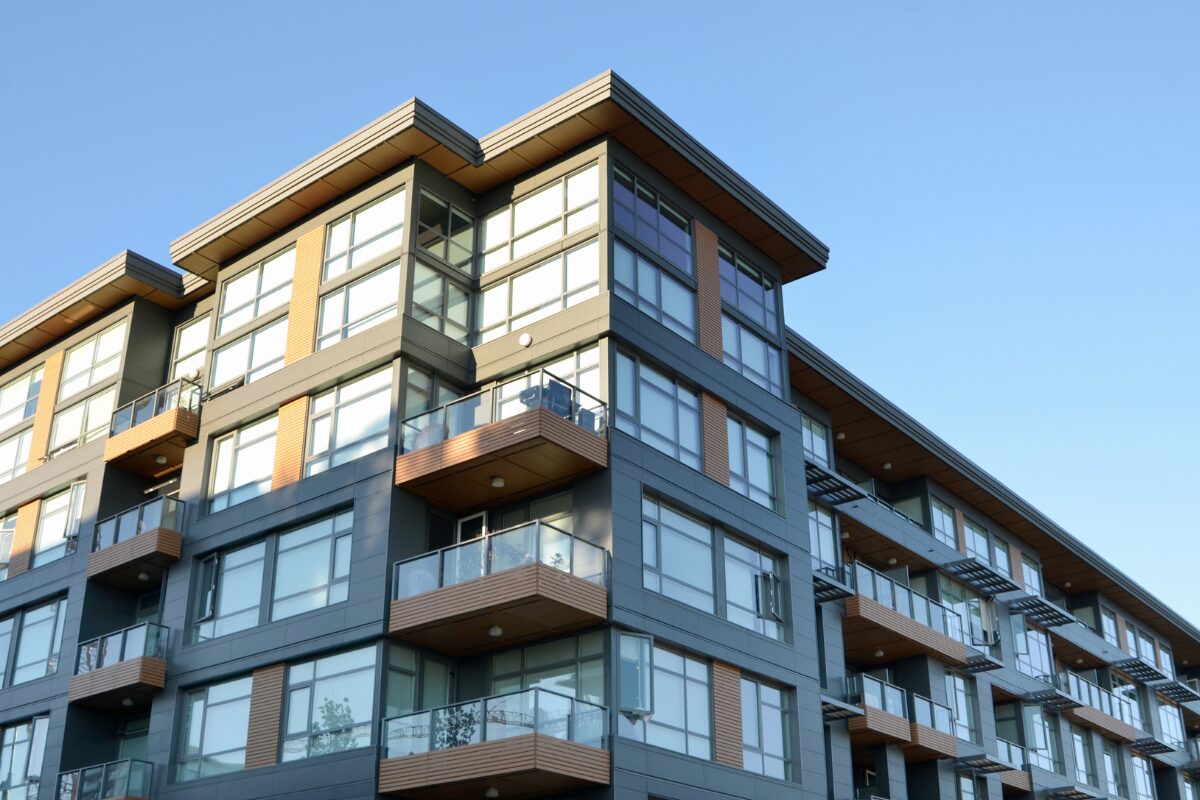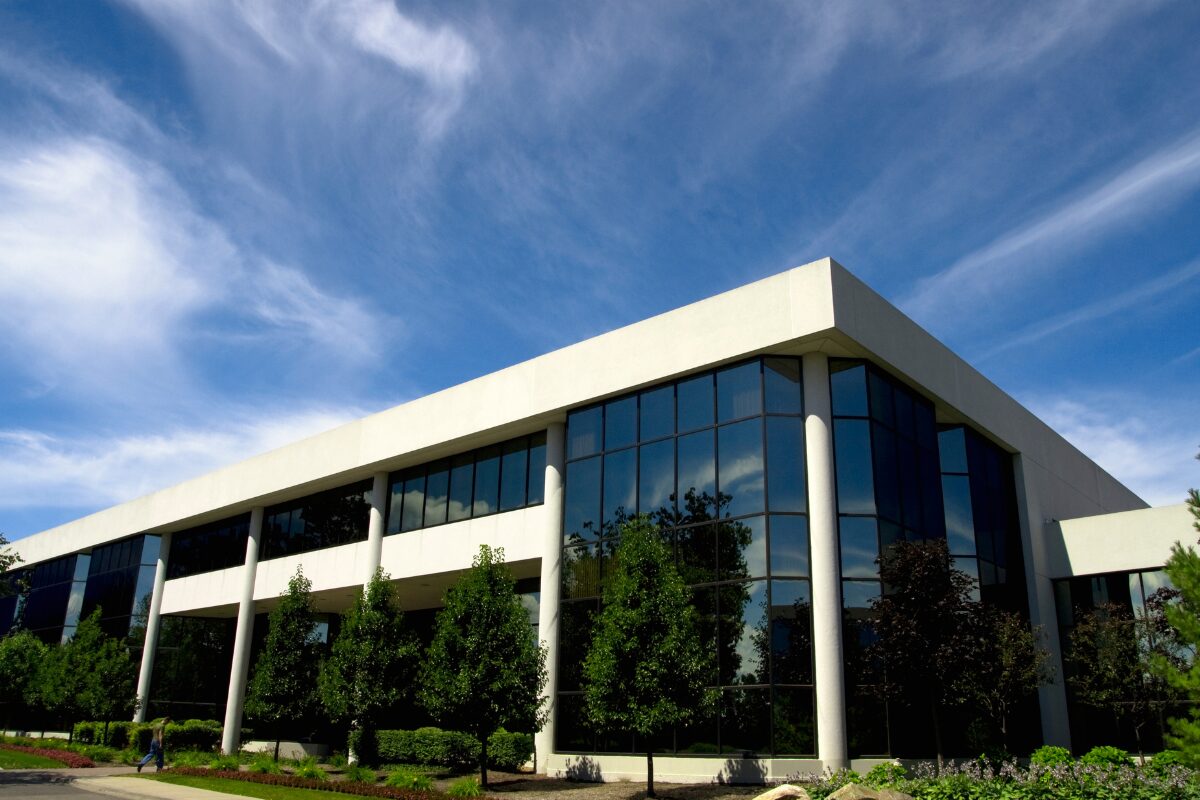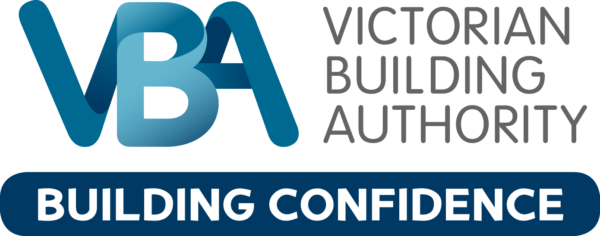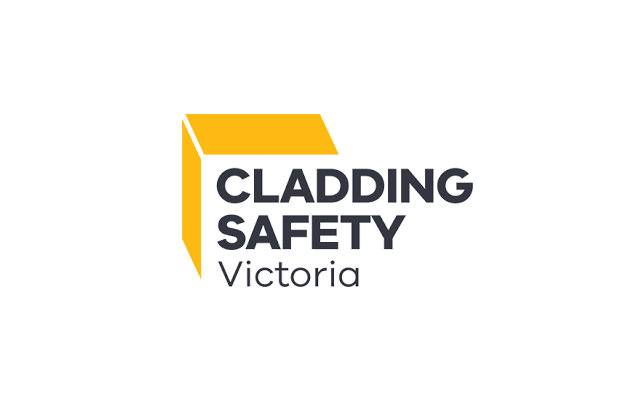Every building or structure in Australia falls under a ‘building classes’. These building classes are determined by the National Construction Code (NCC).
These classes are important as they help to define the building and its requirements when it comes to construction, renovation, or redevelopment. It’s imperative that you fully understand your building class before applying for a building permit or commencing with any kind of works.
Here, we’ll take a look at the various building classes, and what kind of structure or dwelling is included in each.

Class 1 buildings
Class 1 buildings are houses or dwellings of a domestic nature. They may be single structures, or dwellings that are horizontally attached to other Class 1 buildings. The latter is the case with townhouses and units. This category is also separated into Class 1a and Class 1b.
Class 1a
A single domestic dwelling that is either detached, such as a house, or attached, as in the manner of town houses, row houses, or similar.
Class 1b
A boarding house, guest house, or hostel that has a floor area of less than 300 m2. It must also have less than 12 people living in it.
Class 2 buildings
This category includes residential buildings such as apartment buildings and complexes, including residential buildings that contain at least two or more sole-occupied units that are above, beside, or below each other. Class 2 buildings also include single storey dwellings that have a common area below the structure, such as a carpark.
Class 3 buildings
A Class 3 building is a residential structure that does not fit into Class 1 or Class 2. This may be a place for long term or transient living, such as a hostel, a boarding house, or a residential motel or detention facility. They can also include any type of dormitory style accommodation, such as workers quarters. Care facilities can also fall under Class 3. This includes dwellings such as accommodation for the elderly or children, and people with a disability.
Class 4 buildings
A Class 4 building is the residential part of a structure that falls under Class 5-9. For instance, this may be a caretaker’s residence in a hospital or commercial building.
Class 5 buildings
Class 5 buildings are commercial office buildings (that do not fall under Class 6-9). That may include government offices, and offices for accountants, lawyers, and other similar professions.
Class 6 buildings
Class 6 buildings are made up of a broad range of structures. Shops, restaurants, and cafes, as well as places for the sale of retail goods and services make up this category. This includes common commercial premises such as bars and restaurants, shopping centres and malls, markets, hairdressers and barbers, and much more.
Class 7 buildings
Class 7 buildings can be broken into two categories, and include carparks, warehouses, and storage buildings.
Class 7a
This sub-class includes carparks and parking facilities.
Class 7b
Class 7b buildings are warehouses and storage buildings or facilities, as well as buildings that are used to display wholesale goods or produce.
Class 8 buildings
Class 8 buildings include structures used for production, manufacturing, finishing, packing and cleaning. Factories, mechanic workshops, abattoirs and laboratories all fall under this category.
Class 9 buildings
Class 9 buildings are all public structures and this category is divided into three sub-categories.
Class 9a
Health facilities, such as hospitals and clinics.
Class 9b
Structures where people may assemble in groups, such as churches, schools, universities, sports facilities, and nightclubs.
Class 9c
Aged care facilities.
Class 10 buildings
Class 10 buildings are structures that are non-habitable. There are three sub-classes that fall under Class 10.
Class 10a
Sheds, carports, and private garages that cannot be inhabited.
Class 10b
Structures that are not technically ‘buildings’, including swimming pools, fences, masts, retaining walls, and antennas.
Class 10c
This sub-class covers private bushfire shelters that are not attached to a Class 1a building.

It’s important to understand the various building classifications when considering a new project. Whether that’s a renovation or a new build, it pays to consult experienced building surveyors to get the most accurate information. Different building classes may require different permits, and certain buildings may be used for mixed-use.
Therefore, expert advice and consultation with a licensed building surveyor is a must.



